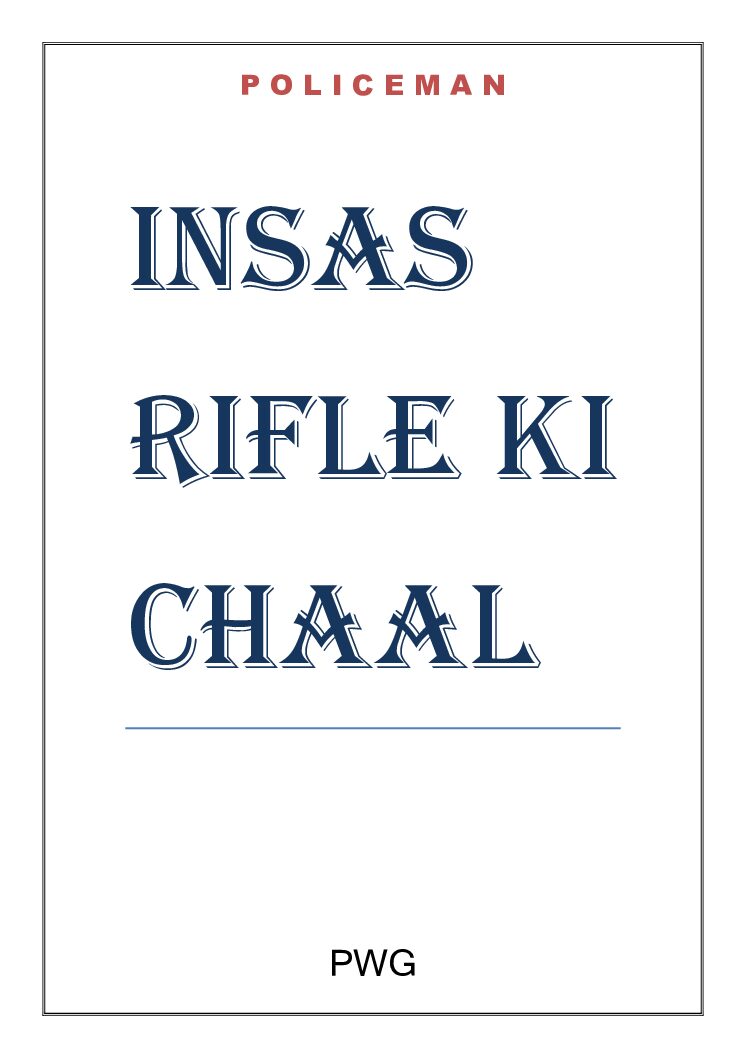GI Registration in India: Introduction
Synopsis
India is full of unique products – tea from Darjeeling, silk from Banaras, mangoes from Ratnagiri, oranges from Nagpur. These are not just goods; they are symbols of culture, tradition, and craftsmanship passed down for generations.
But how do we protect such products from fakes and misuse? The answer lies in Geographical Indication (GI) registration in India. This blog post will explain everything – the meaning, importance, conditions for registration of geographical indications, process, benefits, challenges, and examples.
You may like :How to Register a GI in India in 8 steps: Step-by-Step Guide
What is a Geographical Indication?
A Geographical Indication (GI) is a name, sign, or tag that shows a product comes from a particular region and has qualities or reputation linked to that place.
Think of it like a “stamp of authenticity.”
Examples of GI products in India:
- Darjeeling Tea (West Bengal) – the first registered GI in India.
- Banarasi Saree (Uttar Pradesh) – famous for gold and silver brocade work.
- Mysore Silk (Karnataka) – known for fine weaving tradition.
- Nagpur Orange (Maharashtra) – famous for its tangy flavor.
GI registration ensures that only producers from these regions can legally use the name.
Legal Framework of GI Registration in India
GI registration is governed by the Geographical Indications of Goods (Registration and Protection) Act, 1999. The law came into force on 15 September 2003.
- Covered goods: agricultural, natural, manufactured, handicrafts, industrial, and food products.
- Registry: The Geographical Indications Registry is located in Chennai.
- Authority: It functions under the Controller General of Patents, Designs, and Trade Marks (CGPDTM).
👉 Official Website: https://ipindia.gov.in/GI/the_registration_process_gi
Importance of GI Registration in India
- Prevents misuse – Fake “Darjeeling Tea” sold by outsiders damages the reputation of genuine tea growers.
- Boosts rural economy – GI tags increase product demand, giving farmers and artisans better income.
- Preserves traditional knowledge – Ancient weaving, farming, and crafting techniques get recognition.
- Promotes exports – GI-tagged goods are trusted in international markets.
- Protects cultural identity – GI tags safeguard India’s cultural heritage.
Conditions for Registration of Geographical Indications
The law lays down specific conditions for registration of geographical indications:
- The product must originate in a specific region.
- Its qualities or reputation must be linked to that location.
- It should fall under agricultural, natural, manufactured, or handicraft goods.
- The name must not be generic (e.g., “Rice” cannot be registered, but “Basmati” can).
- It must not mislead consumers.
- It must not conflict with already registered GIs.
Example:
- Kashmir Pashmina qualifies because it uses local wool and centuries-old weaving tradition unique to Kashmir.
You may like :Geographical Indications Explained: What is GI and Why Does It Matter?
Who Can Apply for GI Registration?
Applications can be filed by:
- Producers (farmers, artisans, manufacturers).
- Associations of persons or cooperatives.
- Government or non-government organizations representing producers.
Example: The Tea Board of India applied for the GI of Darjeeling Tea.
You may like :In 8 points Know why Intellectual Property Rights Matter in the Indian Economy
Step-by-Step Procedure of GI Registration in India
The Geographical Indications Registry, Chennai manages applications. The process includes:

1. Filing of Application
- File Form GI-1 with product details, uniqueness, and proof of origin.
2. Preliminary Scrutiny
- Registrar checks if all documents are complete.
3. Examination
- Experts verify the product’s uniqueness and link with the region.
4. Publication in GI Journal
- If accepted, it is published in the Geographical Indications Journal.
5. Opposition
- Others can oppose the registration within 3–4 months.
6. Registration
- If no opposition, or if resolved, the product is registered.
- A GI Certificate is issued.
7. Renewal
- Valid for 10 years.
- Can be renewed indefinitely.
Apply at: Geographical Indications Registry Portal
Duration of GI Protection
- Validity: 10 years.
- Renewal: Unlimited, for another 10 years each time.
- If not renewed, the product is removed from the register.
Benefits of GI Registration
- Legal Protection – Producers can sue if outsiders misuse the name.
- Exclusive Rights – Only registered users can use the GI tag.
- Market Recognition – GI products fetch higher demand and prices.
- Boosts Exports – Buyers abroad trust GI-tagged products.
- Cultural Preservation – Protects traditional skills and knowledge.
Example: After GI recognition, Nagaland’s Naga Mircha (Chili) gained more export demand, helping farmers earn better prices.
You may like : Geographical Indication vs Appellation of Origin: What’s the Difference?
Challenges in GI Registration
- Lack of Awareness – Many small producers don’t know about GI benefits.
- Costly Process – Legal and documentation costs can be high.
- Enforcement Issues – Fake products still enter markets.
- Global Protection – Indian GIs need separate registration abroad for protection.
GI Registration and International Protection
- GI protection in India is national.
- For international protection, registration is required in foreign countries.
- The WTO TRIPS Agreement provides global recognition.
Example: “Darjeeling Tea” is protected not only in India but also in the European Union.
List of Famous GI Registered Products in India
Agricultural Products
- Darjeeling Tea (West Bengal)
- Alphonso Mango (Maharashtra)
- Nagpur Orange (Maharashtra)
You may like: Patent Examination: How Developed and Developing Countries Differ?
Handicrafts
- Banarasi Saree (Uttar Pradesh)
- Kanchipuram Silk Sarees (Tamil Nadu)
- Kashmir Pashmina (Jammu & Kashmir)
Food Products
- Hyderabad Haleem (Telangana)
- Bikaneri Bhujia (Rajasthan)
Manufactured Goods
- Kolhapuri Chappal (Maharashtra)
- Mysore Silk (Karnataka)
Official Websites for GI Registration in India
For registration, details, and updates, visit:
- Geographical Indications Registry, Chennai
👉 https://ipindia.gov.in/gi.htm - Controller General of Patents, Designs & Trade Marks (CGPDTM)
👉 https://ipindia.gov.in
Here you can:
- Check the list of registered GI products.
- Download application forms.
- Track pending applications.
- Learn about GI laws.
Conclusion
GI registration in India is not just a legal process – it is about protecting heritage, empowering farmers and artisans, and building India’s global reputation. The conditions for registration of geographical indications ensure that only genuine, unique, and location-linked products get this recognition.
From Darjeeling Tea to Banarasi Sarees, every GI-tagged product carries the identity of India’s traditions. Producers can safeguard their products by applying through the official Geographical Indications Registry (https://ipindia.gov.in).
So next time you enjoy a cup of Darjeeling tea or wear a Banarasi saree, remember – the GI tag is what makes it truly authentic.
Frequently Asked Questions (FAQs) on GI Registration in India
Q1. What is GI registration in India?
GI registration is the process of protecting products that have a specific geographical origin and possess qualities, reputation, or characteristics linked to that location. For example, Darjeeling Tea, Banarasi Sarees, and Mysore Silk are registered GIs.
Q2. Who can apply for geographical indication registration?
An application can be filed by:
- Producers, associations of persons, or organizations representing the interest of the producers.
- A government body or authority.
Q3. What are the conditions for registration of geographical indications?
For successful registration:
- The product must originate from a specific geographical area.
- The product must have special qualities, characteristics, or reputation due to that area.
- It must not be a generic name or falsely represent origin.
Q4. What is the official site for GI registration in India?
The official website for GI registration is:
👉 Controller General of Patents, Designs and Trade Marks (CGPDTM)
👉 Geographical Indications Registry
Q5. How long does GI protection last?
A registered GI is valid for 10 years. It can be renewed every 10 years indefinitely.
Q6. What are the benefits of geographical indication registration?
- Legal protection against misuse or imitation.
- Boosts export potential of traditional products.
- Improves livelihood of local artisans, farmers, and communities.
- Promotes tourism and cultural heritage.
Q7. How much does GI registration cost in India?
The application fee is around ₹5,000 (as per official fee schedule). Additional costs may include legal/consultant fees if professionals are hired.
Q8. Can foreign products get GI registration in India?
Yes, foreign products can also be registered in India if the country of origin gives reciprocal protection to Indian GIs.
Q9. What is the difference between a trademark and a geographical indication?
- Trademark: Identifies goods/services of a business or individual.
- GI: Identifies goods based on their place of origin and collective ownership.
Q10. How many GI tags are there in India?
As of 2025, India has over 450 GI registered products, ranging from agricultural goods, handicrafts, manufactured goods, to food items.
![]()









